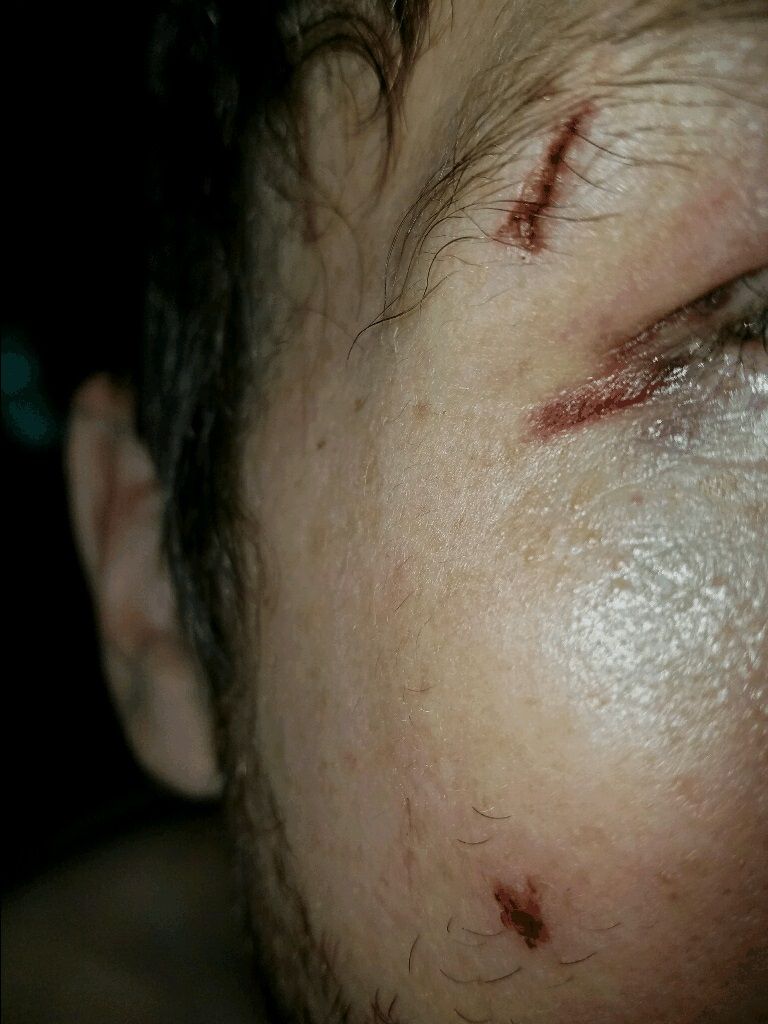I pinballed through the woods pretty hard a few weeks ago and need to replace my Bell Transfer 9. I got into reading about the F1952 ASTM standard and learned there are several versions. The Transfer-9 is listed as tested to F1952-00 (the 2000 version) but upon inspecting my helmet, it's printed on the tag that is meets F1952-10, so Bell obviously has an error on their webpage. TLD D2 goes to F1952-00. Leatt's go to F1952-10 (2010 version). There's a 2015 version that just came out and the only helmets I've found spec'd to this standard is the TLD D3 (edit) and the Bell Full-9.
Would a -10 cert have made a difference in my wreck? No I am pretty sure not, but I feel a bit remiss to not check into these types of things before buying another one. Anyone have any recommendations for "meaningful" safety attributes of one helmet over another? I like Leatt's thin foam with variable density, makes sense in my (recently banged around) brain that it would reduce rotational forces, they dub it the 360 Turbine Tech. MIPS seems similar outcome, via a different means. In my experience my biggest problem is blunt force impacts, so I am really interested in the makeup of the foam.
I am finding this helpful in my research:
http://www.helmets.org/helmet16.htm#leatt
https://www.astm.org/Standards/F1952.htm
Would a -10 cert have made a difference in my wreck? No I am pretty sure not, but I feel a bit remiss to not check into these types of things before buying another one. Anyone have any recommendations for "meaningful" safety attributes of one helmet over another? I like Leatt's thin foam with variable density, makes sense in my (recently banged around) brain that it would reduce rotational forces, they dub it the 360 Turbine Tech. MIPS seems similar outcome, via a different means. In my experience my biggest problem is blunt force impacts, so I am really interested in the makeup of the foam.
I am finding this helpful in my research:
http://www.helmets.org/helmet16.htm#leatt
https://www.astm.org/Standards/F1952.htm
Last edited:

